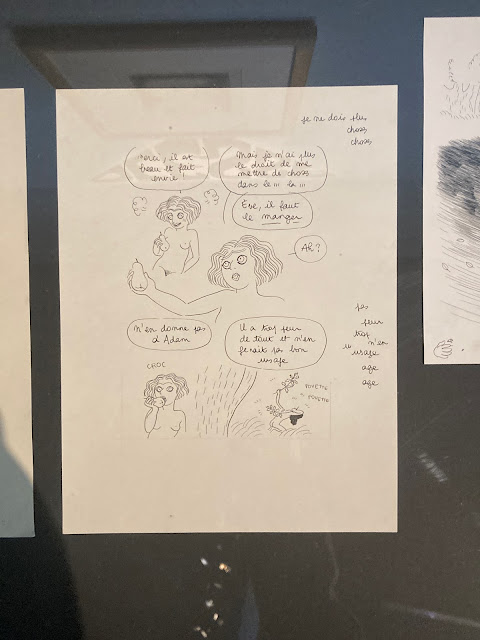reviewed by John A. Lent
Nancy Pedri. A Concise Dictionary of Comics. Jackson: University Press of Mississippi, 2022. 204 pp. ISBN: 978-1-4968-3805-6. US $25.00. https://www.upress.state.ms.us/Books/A/A-Concise-Dictionary-of-Comics
To complete a dictionary of any type is an extraordinary accomplishment. Knowing the field well enough to choose terms. Determining what should be included and excluded. Finding the most correct, simplest definition for each term. Being familiar with the literature related to the terms. Including cross references. Writing in a comprehensible, jargon-free style.
Nancy Pedri faced these challenges in compiling A Concise Dictionary of Comics, and for the most part, succeeded in coming up with a very useful research tool. She has kept the entries jargon-free, paired the terms with references (in fact, 95 pages of sources), and in some cases, used cross references. The bibliography includes books, book chapters, articles, and other up-to-date materials, making it an excellent guide to the field of comic art. Pedri lists articles from all comics-related journals, as well as those appropriate in medicine, English, mass communications, art, social sciences, and other fields. About 20 comic art periodicals were surveyed for this literature review; most articles were cited from International Journal of Comic Art, followed by Journal of Graphic Novels and Comics, Studies in Comics, Image/Text, and European Comic Art, in that order. These five journals accounted for 198 of the total 275 citations in comics-related journals.
Other dictionaries, glossaries, lexicons, and lists preceded A Concise Dictionary of Comics, some using a casual style, others emphasizing sound effects, foreign languages, and the visual. Pedri made use of these predecessors to come up with the most useful compendium to date. She was wise to use brief definitions, realizing that comics terms are malleable and open to modification. We have seen examples of this with the multiple challenges, reinterpretations, and discussions during the 30-year history of McCloud's Understanding Comics.
Some terms that are defined seem obvious; for example, "rat or mouse chew: (noun) damage caused to a comic caused by a rodent." However, one must realize all dictionaries have self-evident terms; to one learning the language, the definitions might not be evident.
Taking Pedri's statement, "others [inclusions and exclusions] are surely due to oversight," as an entry point, I would like to make suggestions that will improve a second edition.
First, the two-page Introduction must be lengthened to answer questions that are undoubtedly on readers' minds: How were terms chosen for inclusion/exclusion? Was an attempt made to ensure that terms were all inclusive and mutually exclusive, or was that necessary? Did the compiler consult with cartoonists and researchers while searching for and defining terms? What constitutes comics in this volume--e.g. animation, advertising cartoons?
Second, there are shortcomings that can be rectified. The compilation is weak on foreign terms. If manga, manhua, manhwa, bande dessinée, and fumetti are used, why not komiks, karikatur, tebeo, and historieta? If the British Invasion is listed, why not the Filipino invasion? Some letter sections are almost non-existent: one each entry under "J" and "Y," two under "Q," and eight under "K." [Some definitional issues also arise. "Zombie comics" is defined as comics 'that portray zombies', a not-particularly-useful definition, especially as the term is also used to refer to "legacy strips" or comic strips that survive after their creator has died or left, and may not contain any new work at all. Current examples include Peanuts, Doonesbury dailies, Get Fuzzy, and can also refer to Beetle Bailey, Hagar the Horrible, The Family Circus, etc. - Mike Rhode, ass't editor]
Though not necessary, but useful information to have, are the origins of theoretical terms. For example, "gatekeeper" stems from mass communication studies, used by David Manning White in his late 1940s research about the filters (gates) that news must pass through. By the way, White was also an early "funnies" researcher.
The 25 witty illustrations by Chuck Howitt brighten up the pages, but they could do more if they were simple sketches or diagrams of some listed terms as used in standard language dictionaries.
These questions and suggestions certainly are not meant to detract from the dictionary Pedri compiled. A Concise Dictionary of Comics is worthy of the highest praise for its comprehensiveness, conciseness, and creativeness. It is a volume that should be readily at hand near the work areas of the researcher, practitioner, critic, and student.







































































